- 1876
Souichiro Matsmoto
In 1876, Rensselaer Polytechnic Institute etched a novel chapter in its history by becoming a crucible of modernization for nations afar. Japan, riding the waves of its 1867 Revolution, embarked on a journey of modernization, and at its helm was Souichiro Matsmoto.
Enrolled in RPI’s Class of 1876, Matsmoto’s academic voyage was a part of Japan’s earnest endeavors. Upon the wings of RPI’s education, he soared back to his homeland, metamorphosing into a linchpin for Japan’s nascent mining and railroad realms. His visionary blueprint for a railway network that didn’t just lay tracks on the Japanese terrain, but propelled him to the zenith of the Department of Railways’ presidency.
Decorated by the Emperor himself for his “invaluable and distinguishable service,” Matsmoto’s tale is a testament to RPI’s role as a global springboard for technological advancement, epitomizing a singular instance in RPI’s two centuries of bridging intellects across continents.

- 1876
William H. Wiley
Rensselaer Polytechnic Institute: Celebrating 200 Years of Educational Impact through Publishing Excellence
In 1876, William H. Wiley, Class of 1866, launched Wiley & Sons, establishing an indelible mark on the educational landscape and adding an extraordinary chapter to Rensselaer Polytechnic Institute’s 200-year legacy.
Wiley & Sons wasn’t just a publishing house; it became a cornerstone in academia and industry alike, disseminating knowledge and advancing innovation. The venture perfectly embodies RPI’s longstanding commitment to expanding the reach of science, technology, and learning. As we revel in our bicentennial, Wiley’s unparalleled ‘first’ underscores RPI’s dedication to generating leaders who create lasting impact. Wiley’s endeavor exemplifies how RPI alumni not only excel in specialized fields but also serve as agents of broad societal change.
- 1878
Seijiro Hirai
In 1878, amidst the fervor of new-era transformations, Rensselaer Polytechnic Institute witnessed a pioneering transition in its educational realm. Seijiro Hirai, a determined intellect from Japan post the nation’s 1867 Revolution, embraced RPI’s academic sanctum, graduating with a revered engineering degree. His journey commenced upon America’s mighty Mississippi, orchestrating its improvement as an assistant engineer. Yet, destiny’s call echoed from his homeland, leading him to helm Japan’s Railway Nationalization Committee, and subsequently, the Imperial Railway Board’s presidency. His expertise transcended borders, nurturing China’s railway veins as an esteemed adviser to its Communication Department, fostering Sino-Japanese transit synergies. Today, Hirai’s legacy adorns RPI’s terrain with ‘Hirai Dorm’ in E-Complex, embodying an inaugural essence of global collaboration in RPI’s 200-year narrative, amplifying the institute’s indispensable role as a global nexus of technological and infrastructural renaissance.
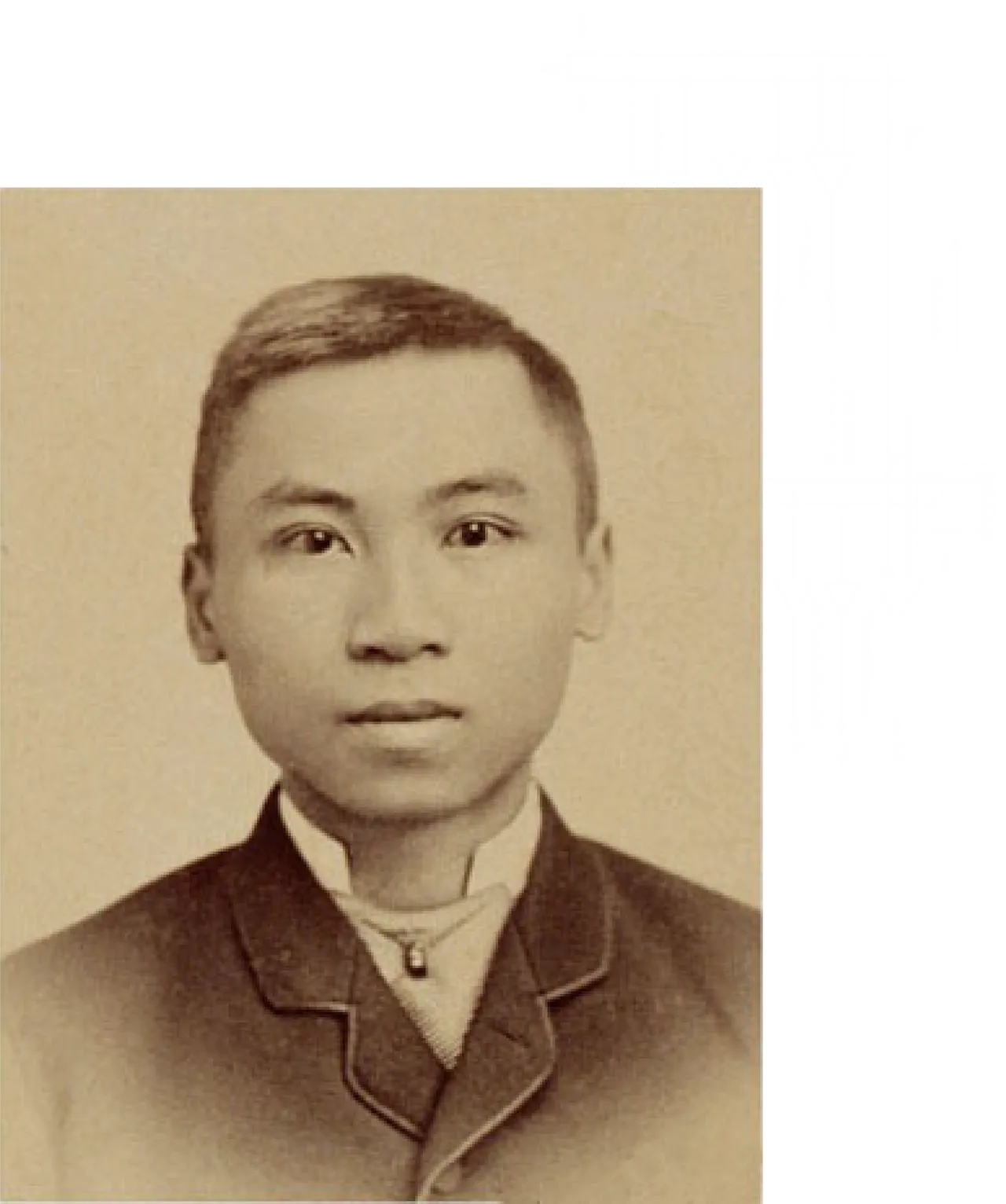
- 1878
Luo Guorui (罗国瑞)
In a groundbreaking moment in Rensselaer Polytechnic Institute’s 200-year legacy, 1878 marked the freshman year of Luo Guorui (also known as Kwok S. Loh), one of our first two Chinese students. Luo’s academic journey at RPI was only the beginning of his significant contributions. As China’s 2nd Chief Railway Engineer and the driving force behind the Zhejiang Rail Company, he masterminded the construction of the Zhenjiang railroad. A testament to his visionary engineering, the railroad remains a vital conduit in China today. Celebrating our bicentennial, we honor Luo Guorui’s pioneering spirit, underscoring RPI’s global impact throughout the centuries
- 1880
William B. Cogswell
Rensselaer Polytechnic Institute: 200 Years of Industrial Innovation, Marked by a Pioneering First
In 1880, William B. Cogswell, a proud member of RPI’s Class of 1852, founded the Solvay Process Company. This groundbreaking venture not only revolutionized the chemical industry but also cemented Rensselaer Polytechnic Institute’s 200-year reputation as a birthplace of innovative leaders.
Cogswell’s Solvay Process Company redefined how ammonia and soda ash were produced, making them more accessible and affordable. This transformative innovation embodied RPI’s commitment to leveraging science and engineering for the greater good.
As we celebrate our bicentennial, Cogswell’s achievement serves as a landmark ‘first’ in our illustrious history. His pioneering work encapsulates RPI’s enduring mission: to cultivate leaders who are not just masters in their fields but also agents of change, shaping industries and improving the world.
- May 24, 1883
Washington Augustus Roebling
On May 24th, 1883, an iconic symbol of American ingenuity and resilience was completed – the Brooklyn Bridge. The people behind this feat, designer John Roebling, and chief engineer Washington Augustus Roebling, Class of 1857, who was later assisted by his wife, Emily Warren Roebling, added an indelible chapter to Rensselaer Polytechnic Institute’s 200-year legacy of innovation and leadership.
The Roeblings’ engineering marvel did more than connect Brooklyn to Manhattan; it bridged the gap between possibility and achievement, reflecting RPI’s ethos of tackling the world’s most pressing challenges.
As we commemorate our bicentennial, the Roeblings’ historical “first” illuminates our enduring commitment to technical excellence and transformative impact. The Brooklyn Bridge stands as a physical and metaphorical testament to RPI’s mission: to produce leaders who are catalysts for progress and improvement, exemplifying the extraordinary contributions RPI alumni make globally.
StoriesEventsJoin
Us